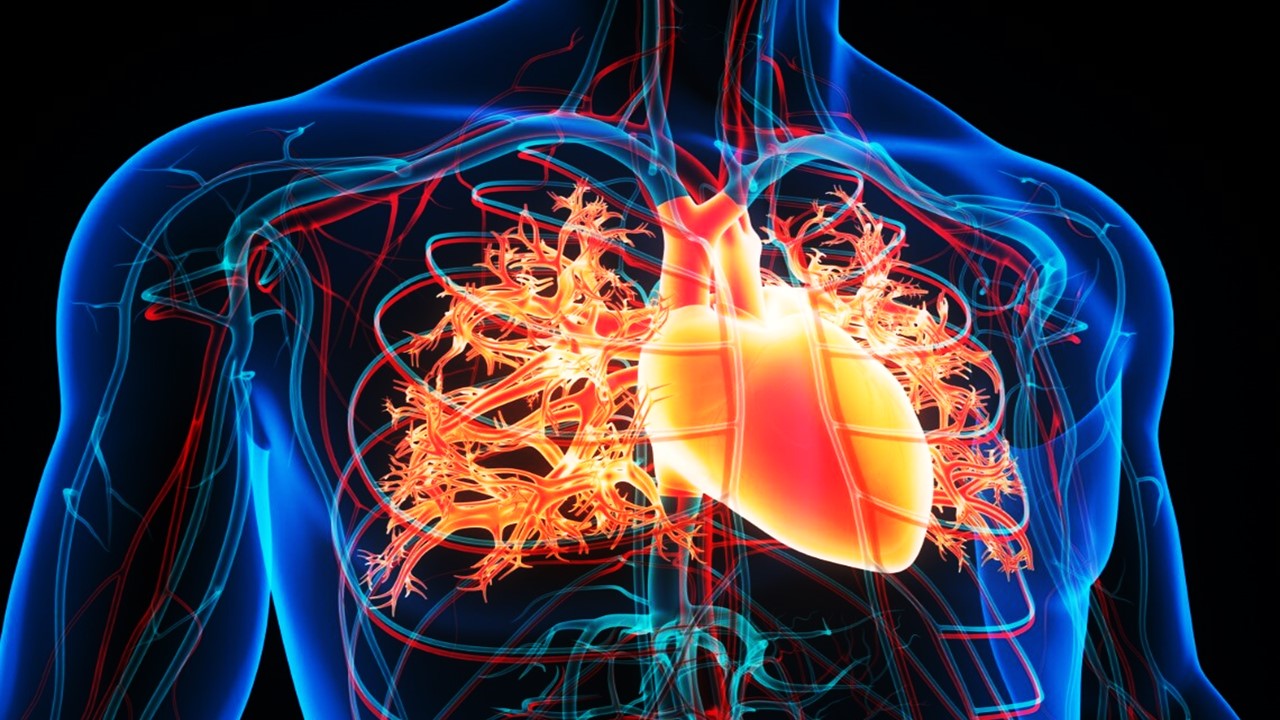With the promise of precision medicine growing over the years, thought must be given to the question of how pharmaceuticals tailored to multiple demographics can be feasibly produced. The current model where traditional drugs are centrally manufactured does not translate well to the production of personalized drugs, which would only be suitable for minor demographics depending on characteristics such as genetics, lifestyles or other biomarkers. One phenomenon which warrants attention in this matter is the Additive Manufacturing (AM), or 3D printing, of therapeutics.
The main principle of additive manufacturing rests on the construction of pills through stacking layers of material in a highly customizable manner. The technology offers advantages even before one considers novel drug therapies. An adaptive manufacturing process such as this can offer a high degree of dosage personalization, rather than relying on fixed-dose regimens which may not be optimal for the patient in question (or more questionable dosage adjustments, such as pill splitting). In addition, it can offer the possibility of combining multiple active substances into fewer polypills, lowering overall pill burdens for patients – which improves adherence to therapies.
Contemporary Uses
Spritam, the first 3D-printed product to be approved by the FDA, elucidates the advantages of the technology beyond dose or combination customization. The drug was developed by Aprecia, using their “ZipDose” technology. ZipDose technology aims to maximize the potential dosage of a drug, while printing tablets which can dissolve in the mouth. This is particularly relevant to Spritam, which is an anti-seizure drug for epilepsy; its ability to dissolve makes administration much simpler. Traditional formulations of levetiracetam, the active ingredient in Spritam, come in large tablets due to the dosages needed; this can make swallowing more difficult than necessary. The ability of 3D printing to combine powder and liquid layer by layer was crucial to the development of Spritam, showing the potential for AM in developing novel administration technologies.
Another important area of pharmacy where AM could offer a strong contribution is in clinical trial drug development rather than commercial applications. In clinical trials, AM promises to offer a quick way to maximize the exploration of different dosages or combinations for a formulation, which can be manufactured and performed on-site. Big pharmaceutical companies have already taken note of this development – for example, Merck’s OneZeroMed technology enables clinical trial drug supply with AM, with the potential for up to 70% in costs savings for tablet production processes.
Current Methods
AM can be deployed through a variety of technologies – with five main categories already established:
- Extrusion Molding Printing (EMP) – which is further subdivided into Fused Deposition Modeling (FDM) and Semisolid Extrusion Molding
- Drop on Powder (DOP)
- Selective Laser Sintering (SLS)
- Stereolithography (SLA)
- Electrohydrodynamic 3D Printing (EHD)
Each method comes with its own set of advantages and disadvantages. EMP can provide cost-efficient and flexible solutions, although FDM requires high heat environments which can degrade substances and is difficult to scale up. EMP with SSE can ameliorate the environmental requirements of FDM, as well as increase possible drug loads, but is not as efficient and requires materials with very specific properties. DOP does not require extreme environments, although it does need specialized facilities for handling powders in addition to significant post-processing of its products before they can be finalized – particularly to eliminate toxic solvents. SLS offers a lot of fine-tuning options for tablet microstructures, but it also requires post-processing and high heat environments which can damage active ingredients. SLA offers yet more small-scale accuracy, although the equipment required is expensive, as is the need for post-processing.
EHD is perhaps the newest of the five methods, and offers high accuracy at mild environments, although the range of substances that can be employed with it remains limited. The distinct requirements and advantages presented by each method of AM make each of them suitable for different applications, although improvements in materials available and environments that machinery can work in are improvements that could be made across the board for a variety of the methods employed.
Future Challenges
The challenges faced by all AM methods remain the biggest hurdles to widespread adoption, however. The regulatory framework that AM designed drugs can exist in remains a primary concern. While approval for a mass-manufacture process where 3D printing is merely involved may remain straightforward, aspirations such as the use of 3D printing to create personalized formulations in pharmacies or points of care are a more complex affair. The latter gives rise to questions such as whether the machine manufacturer or the formulation designer remains the liable party for the product, or whether liability lies with the “manufacturer” who carries out the actual printing (who could well be a doctor or pharmacist).
Quality control also becomes an important affair. Better monitoring methods are needed for AM products. Additionally, the process must remain fully characterized. This is to ensure not only optimization of manufacturing, but also reproducibility – which remains a weak area for many AM methods. Currently, the FDA has no regulations on how the performance of 3D-printed drugs might be regulated. Personalized products raise even further questions, regarding whether their printing would be considered a method of manufacture or a form of pharmaceutical compounding.
This very brief overview of additive manufacturing shows the immense potential offered by the highly customizable nature of the technology for personalized medicine, as well as a future possibility of decentralized production processes. While the industry has already started making strides towards using AM in clinical trial supply chains, further innovation is needed in improving the tools available for 3D printing. The regulatory framework for 3D printing remains unclear, but as the technology gains traction this is expected to improve. Just as 3D-printed medical implants or devices have made strong progress in other areas of medicine – such as dentistry, there is no reason to believe that the same should not be possible in pharmacy.
Nick Zoukas, Former Editor, PharmaFEATURES
Subscribe
to get our
LATEST NEWS
Related Posts

Precision Medicine
Microscopic Marvels: The Rise of Autonomous Nanorobots in Intracellular Surgery
Autonomous nanorobots have emerged as a groundbreaking innovation at the intersection of nanotechnology and medicine.

Precision Medicine
The Intranasal Revolution: Highlighting siRNA’s Potential to Treat Brain Ischemia
As the field of RNA therapeutics continues to evolve, the success of FBP9R/siRNA underscores the potential of siRNA-based interventions for neurological disorders.
Read More Articles
Myosin’s Molecular Toggle: How Dimerization of the Globular Tail Domain Controls the Motor Function of Myo5a
Myo5a exists in either an inhibited, triangulated rest or an extended, motile activation, each conformation dictated by the interplay between the GTD and its surroundings.
Designing Better Sugar Stoppers: Engineering Selective α-Glucosidase Inhibitors via Fragment-Based Dynamic Chemistry
One of the most pressing challenges in anti-diabetic therapy is reducing the unpleasant and often debilitating gastrointestinal side effects that accompany α-amylase inhibition.













